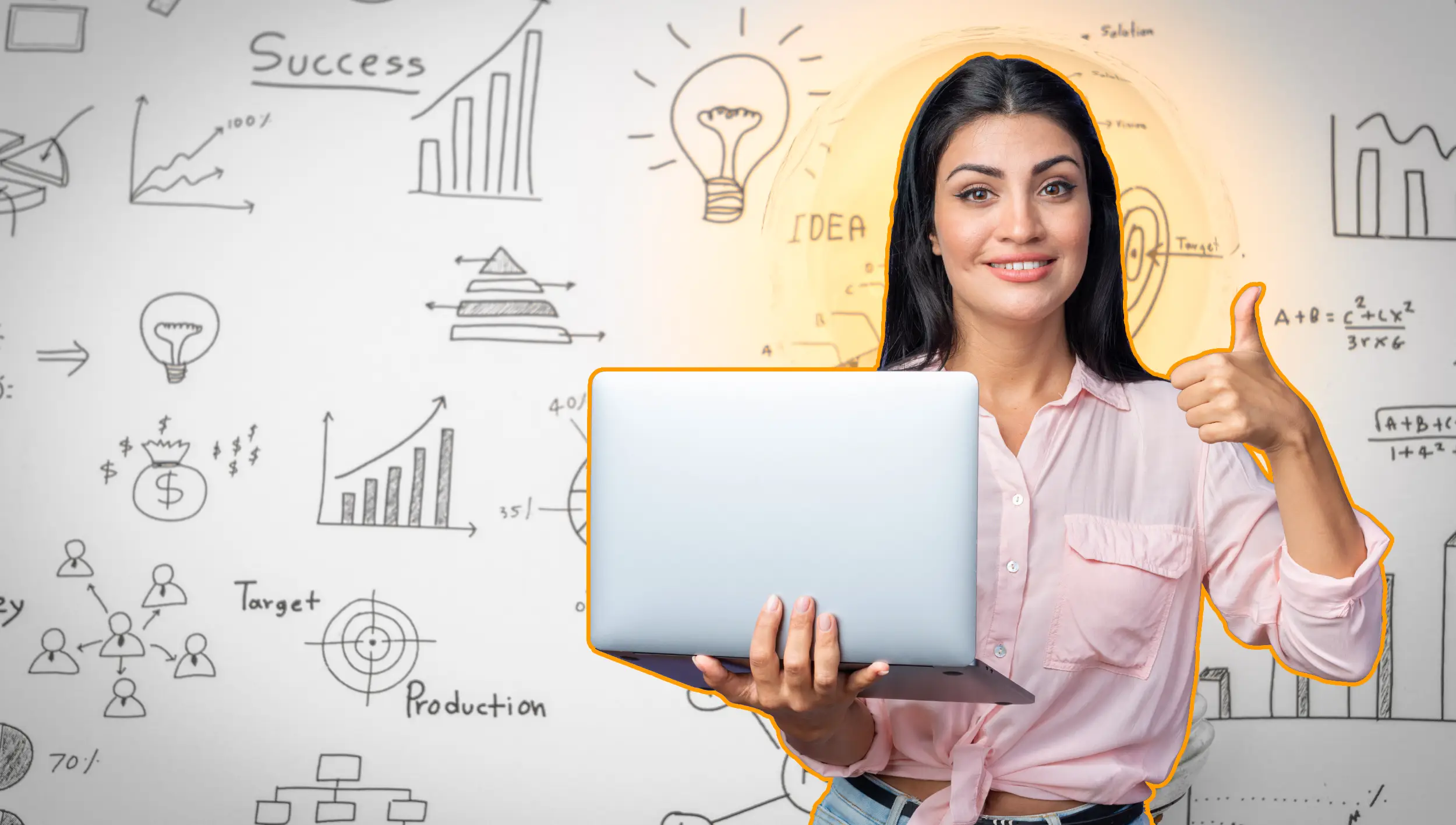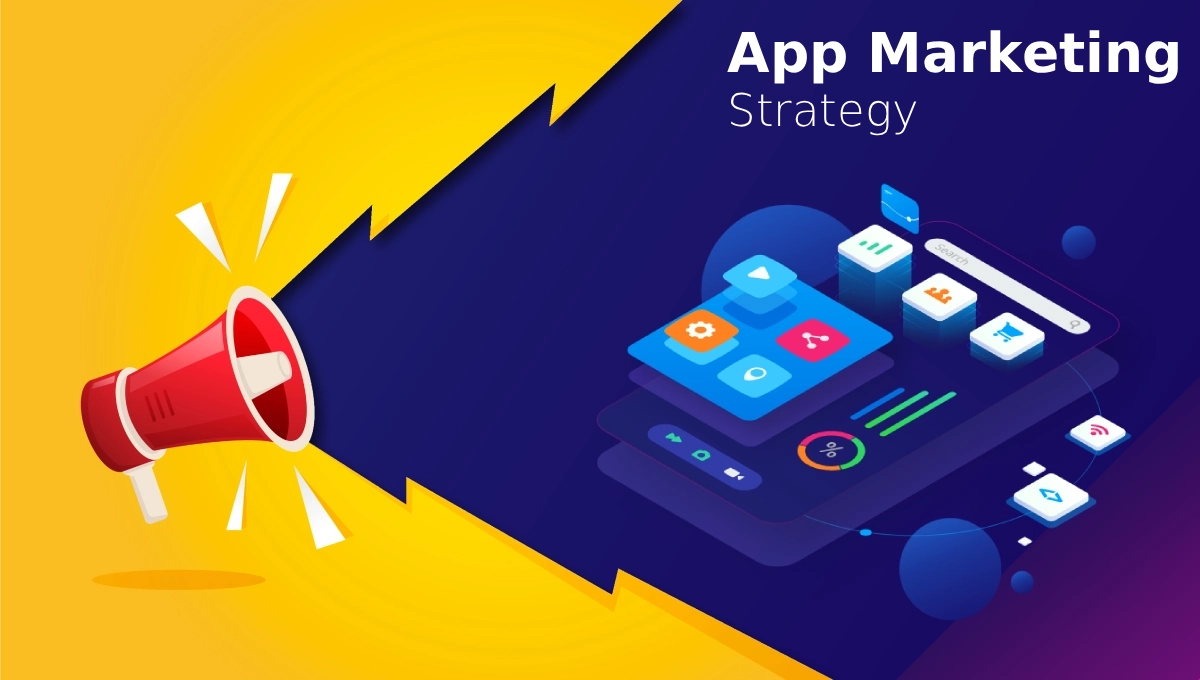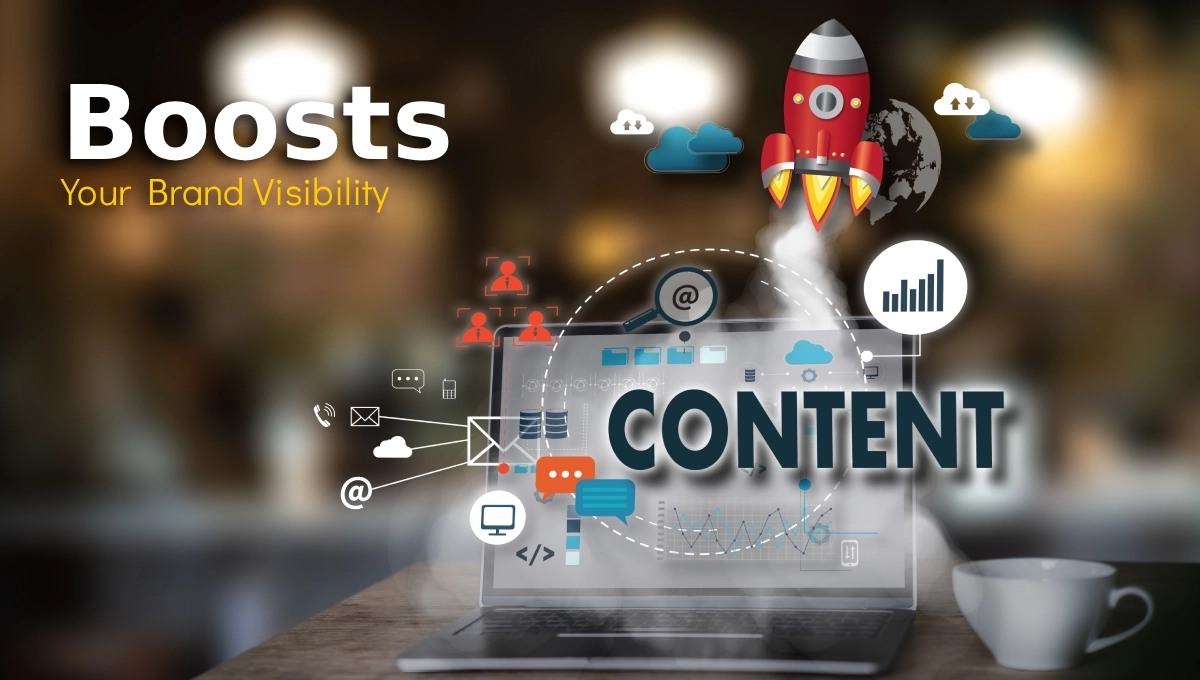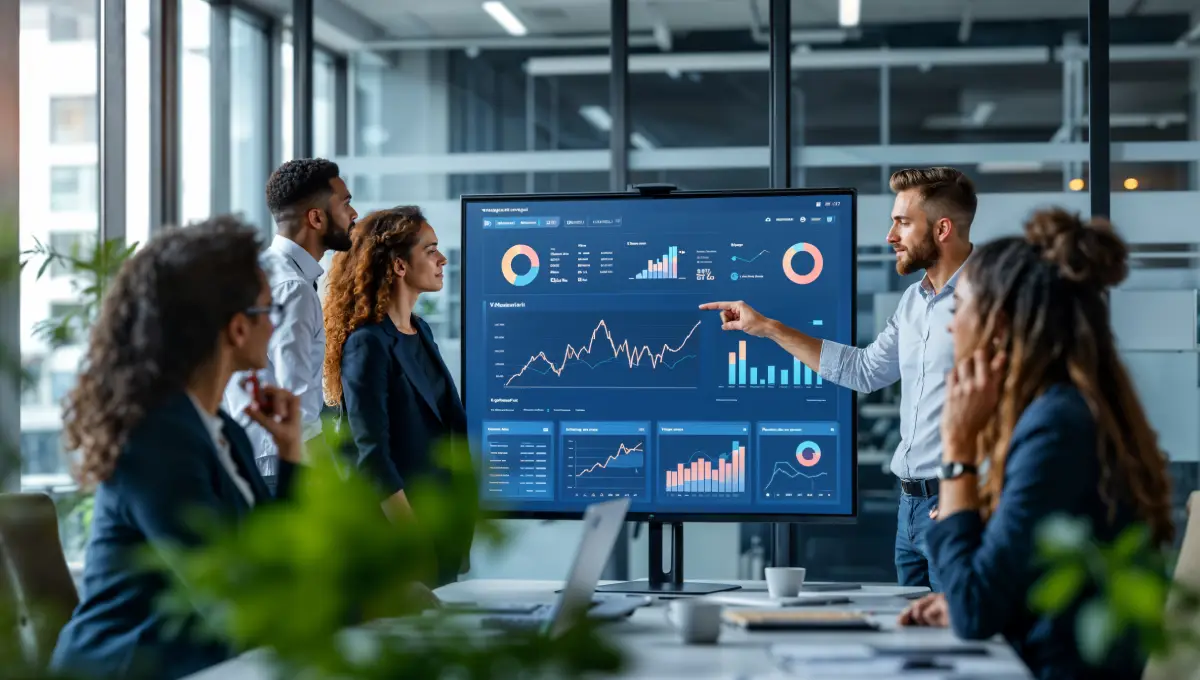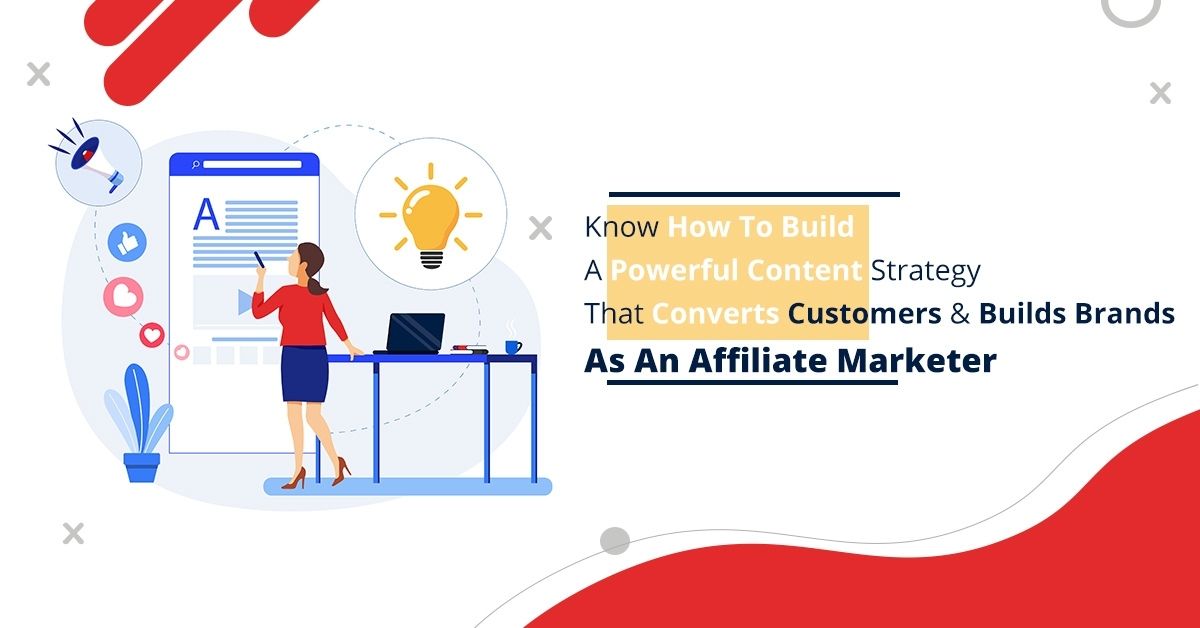In today’s hyper-targeted world, generic marketing is no longer successful. Users expect personalization, significance and a consistent brand encounter tailored just for them. That’s where personalized marketing steps in a technique that not only boosts conversions but also builds long-term relationships. It is the art of delivering tailored content, messages or encounters to people that are based on their behaviors, slants, range or past interactions. Not at all like traditional one-size-fits-all campaigns, this strategy uses data-driven experiences to make messaging that resonates.
Whether it’s about addressing the client by title, recommending the products that are based on browsing history or customizing the whole shopping travel where personalization puts the user first. In 2025, this is the strategy that has become even more sophisticated, just thanks to the integration of AI, machine learning and predictive analytics. All the marketers can now go beyond names and emails and tap into the emotions, behaviors and even mood-based targeting.
This blog shows examples of personalized marketing that are ruling in 2025, the strategies and benefits of promoting behind them and how brands can actualize these techniques to make deeper, more profitable connections with their audience.
Table of Contents
- 1 Understanding the Benefits of Marketing in the Age of Personalization
Understanding the Benefits of Marketing in the Age of Personalization
If we see the core benefits in this era, it is just that they revolve around understanding and serving the right message to the right person at the accurate time. Personalized marketing takes this to another level by building the emotional resonance, which offers value-based experiences and drives the real conversation that feels less transactional and more relational.
Here’s how personalized marketing amplifies the traditional benefits of marketing:
- Increases Significance: Custom-fitted messages are more likely to reverberate, driving higher engagement rates.
- Boosts ROI: Focused substance reduces wasted ad spend and increments campaign performance.
- Enhances Brand Perception: A personalized touch humanizes the brand, developing belief and loyalty.
- Encourages Client Retention: Individual experiences keep clients coming back for more.
These benefits highlight why personalization is not just a marketing trend it’s a competitive advantage.
In a world where brands are battling for milliseconds of attention, personalization has become a need. Consumers want brands to know them. In fact, studies in 2025 show:
- 91% of users are more likely to shop with brands that offer relevant offers and recommendations.
- Personalized emails see 6x higher transaction rates.
- Companies utilizing advanced personalization strategies see a 200% boost in customer engagement.
These numbers highlight the real benefits when personalization becomes a portion of your center strategy. Personalized substance helps to improve the conversion rates but also helps to enhance the customer satisfaction and the retention as well. It nurtures brand loyalty and trust two critical elements for long-term success in today’s competitive landscape.
Top Examples of Personalized Marketing in 2025
- Spotify Wrapped: Each year, Spotify nails personalized content with their famous “Spotify Wrapped”. It showcases users’ most-listened-to melodies, artists, genres and indeed listening hours.
Why it works: It’s fun, shareable and totally user-specific. Users feel recognized and indeed excited to share their music profile a perfect case of personalized substance marketing that mixes feeling and data beautifully. - Amazon Product Recommendations: Amazon’s homepage is a personalized engine powered by AI. Based on browsing history, buy designs and territorial inclinations, it serves up highly relevant suggestions.
Why it works: It increases conversions by keeping clients in a discovery circle. Amazon has aced the personal marketing plan at scale, offering each customer a unique experience every time they visit the site. - Netflix Viewing Suggestions: Netflix’s algorithm analyzes watch history, genre preferences and even watch time to recommend the next series or movie.
Why it works: It removes friction and improves the user experience, making choices simple and encouraging binge-watching one of the most viable B2C marketing strategies in entertainment. - Airbnb’s Location-Based Suggestions: Planning a getaway? Airbnb presently delivers tailored suggestions not just based on past trips but also on season, area and indeed trending nearby events.
Why it works: It leverages location based marketing to offer an encounter that feels natural and timely, turning browsers into bookers almost instantly. - Coca-Cola’s “Share a Coke” Campaign: This classic campaign offered bottles with personalized names. It’s a basic form of personalization, but highly emotional.
Why it works: It’s relatable, human and drives a sense of belonging key elements in building personalized connections that stay with the customer far beyond the item itself.
Marketing Personalization Strategies You Should Use in 2025
Personalization isn’t fair for tech giants. With the right tools and approach, any trade can offer a bespoke experience.
Here are effective marketing personalization strategies every brand ought to explore:
- Behavioral Targeting: Analyze past user behavior to create automated campaigns. Someone browsed your website but didn’t purchase? Send a personalized follow-up email with a discount or product reminder.
- Segmented Email Campaigns: Break down your email list into mini-audiences new users, repeat customers, high-spending users, etc. Send tailored messages based on lifecycle stage. This segmentation makes each message feel intentional and relevant.
- Dynamic Website Content: Change your homepage banners or landing page text based on location, previous visits or referral source. For instance, showcase seasonal collections based on the visitor’s region.
- Personalized Landing Page: Make landing pages with dynamic content blocks that adjust to different user segments. A user from Mumbai sees something different than one from London.
Why it works: It helps in the increment of relevance and reduces the bounce rates, which makes the marketing efforts even more efficient. - Personalized Video Marketing: Use AI tools to create video messages where the user’s name, company or problem is mentioned directly. Imagine getting a video ad saying, “Hey Sarah, struggling with SEO?” It’s highly impactful and shows effort a powerful form that drives instant attention.
- Trigger-Based Messaging: Use real-time triggers like cart abandonment, inactivity or repeated visits to send messages at the perfect time. These triggers feel more like service than sales, enhancing user satisfaction.
B2C Marketing Strategies Enhanced by Personalization
B2C brands, especially in e-commerce, lifestyle, health and travel, can see explosive growth through personalization:
- Fashion Brands: Send style recommendations based on previous purchases or browsing habits.
- Food Conveyance Apps: Suggest eateries based on time of day, past orders or trending dishes nearby.
- Fitness Brands: Send motivational emails tailored to the user’s objectives, progress and challenges. Include select offers or workout recommendations that match their preferences.
These are real-world B2C marketing being amplified through personalization and automation. The more tailored the message, the more likely it is to convert.
The Role of Paid and Social Media Advertising in Personalization
Personalization is also reshaping paid social advertising and social media advertising. Brands now utilize retargeting, lookalike audiences and AI to show ultra-targeted ads that talk directly to the user.
Example: A client visits your item page but doesn’t buy. Afterward, they see a carousel ad on Instagram appearing for the same item, a 10% discount and testimonials. That’s personalization in action.
Platforms like Facebook, TikTok and LinkedIn have made it simple for brands to automate and personalize ads based on client behavior, intent and interface. This improves engagement and maximizes ad ROI.
Building Personalized Relations That Last
Personalization ought to not feel like a sales tactic. It should feel like care. When done right, it produces personalized associations that advance into long-term loyalty. From the first advertisement they see to the final thank-you mail, each touchpoint ought to say, “We get you”. Encourage input, run interactive surveys and celebrate customer milestones these little gestures add a human touch that drives brand affinity.
Conclusion: Personalized Marketing is the Future
As we move deeper into the experience-driven economy, personalization is no longer optional it’s expected.
With the right tools, information and aim, brands can open
- Higher engagement
- Better conversion rates
- Loyal customer communities
And most importantly, promoting that actually matters.
Whether you’re building an individual promoting arrangement or scaling with automation, utilize these examples of personalized advancing to turn data into charm. Keep testing, optimizing and innovating because in 2025, personalized showcasing is not fair a strategy; it’s the standard.
FAQs
- What are a few effective examples of personalized marketing in 2025?
The top examples, which include the personalized emails, item recommendations, personalized video and location based marketing, are tailored to user behavior. - How does personalized marketing benefit my overall strategy?
It helps in the increase in the engagement, improving the ROI, helps strengthen personalized connections and enhances the customer loyalty. - What are the best marketing personalization strategies for B2C brands?
Segmented email campaigns, personalized landing pages and AI-driven content recommendations are the best B2C marketing strategies today. - How can social media advertising be personalized?
Use data-driven targeting, retargeting and dynamic creatives to deliver personalized content marketing through paid social advertising platforms.

